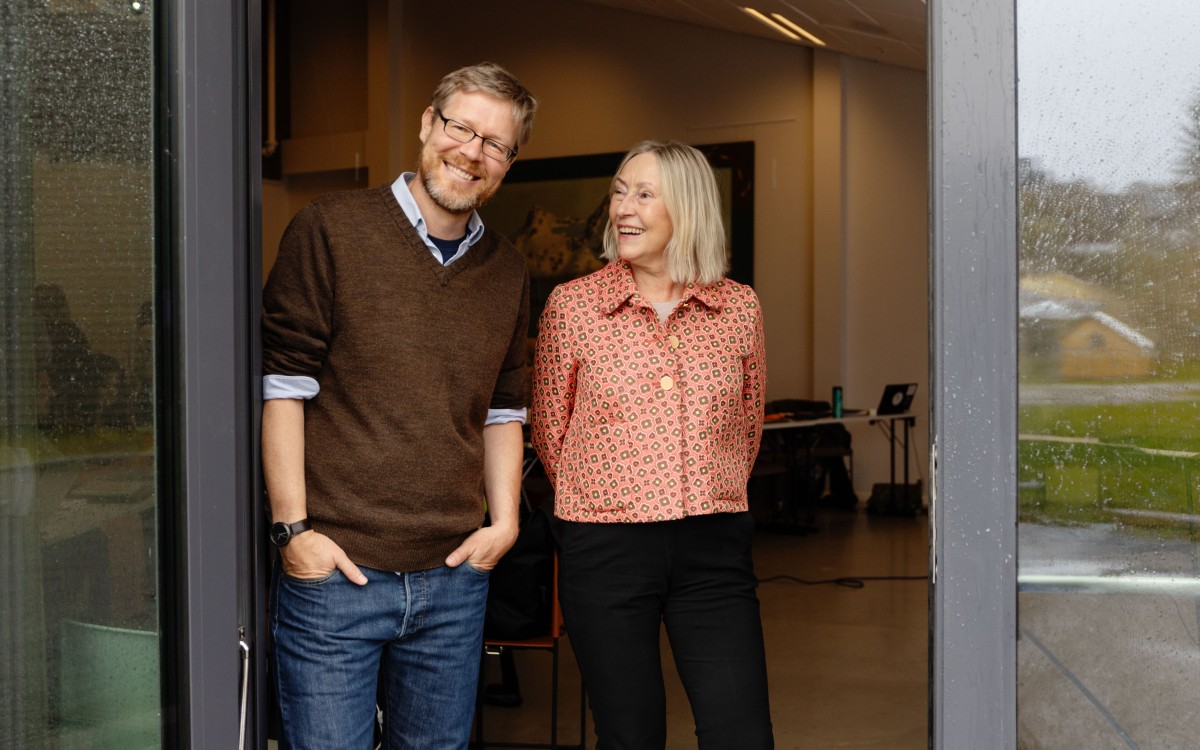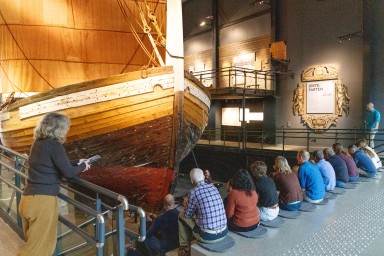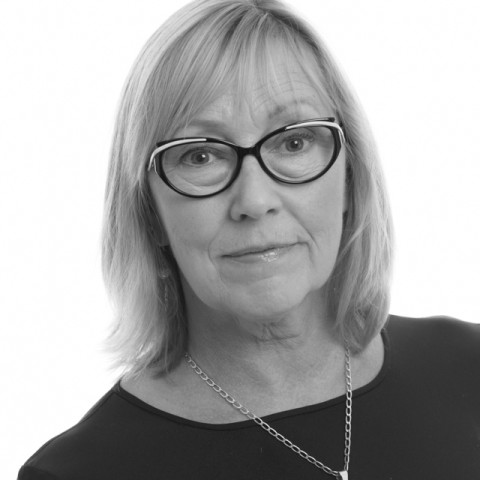The third annual meeting of FACE-IT project

Close to 40 scientists from Norway, Denmark, Germany, France, Greenland and Canada met in Bodø for the third annual FACE-IT project meeting and general assembly.
Environments connected to Arctic fjords are changing rapidly, with consequences for society. A warmer climate is a driver of change, but other factors also play a significant role, including challenges and opportunities from fishing, tourism, shipping, and changing socio-economic conditions. FACE-IT is an EU-funded research program about managing the consequences of these changes with a focus on marine biodiversity, ecosystems and livelihood and tourism activities in Arctic societies.
The research project started in 2020, and FACE-IT scientists recently met in Bodø for the third annual meeting and general assembly. Close to 40 scientists from Norway, Denmark, Germany, France, Greenland and Canada met at the Jekt Trade Museum 3 - 5 October 2023 to discuss project results and scientific and outreach plans for the final year. As one of the project's partners, Nordland Research Institute was hosting the meeting.
– “It is fun to host the FACE-IT crowd here in Bodø. This is a group of scientists that all work in the North, but very few live in the North. I was a part of the original team that developed the project and was determined to have a strong and visible social science component. Being at the Jekt Trade Museum provides an excellent context for illustrating how important coastal activities are in the north.” – says NRI’s Research Professor Grete Hovelsrud.
Kai Bischof, professor of Marine Botany at the University of Bremen, Germany, and scientific coordinator of the project, sums up the meeting:
– "The setting here at the museum is very nice with a sea view. We are all working in coastal science, either from a natural or social science perspective, but it all comes together in the coasts, the fjords, and the Arctic. So, the environment here is stimulating."

Nordland Research Institute and social sciences
Bischof was unfamiliar with Nordland Research Institute before the project but sees the institute as providing essential expertise for the project: -"NRI is mainly responsible for the synthesis part of the project. And that means it's in a central position, gathering social and natural science knowledge and then relating this to management options." In addition, NRI co-leads the work and case studies in Finnmark and Svalbard on tourism and livelihoods in the project.
He continues: -"I had to learn more about the differences in social and natural sciences. Sometimes, we have a different language and mean other things with the same expressions. But I think we found an excellent mode to operate together."
Hovelsrud adds: -“FACE-IT brings together a broad range of scientific disciplines from the social and natural sciences. It is a true interdisciplinary project. It is also a transdisciplinary project because we include expert knowledge from local and Indigenous communities and stakeholders. Such integration of knowledges comes with both challenges and new insights, but it requires an openness and respect for different viewpoints and what we consider to be most important. It is both an acrobatic and diplomatic exercise.
Changes in marine biodiversity, ecosystems and Arctic societies
The FACE-IT scientists are both studying the particularities of their own field, such as sea birds, seaweed or multiple coastal use in local and Indigenous communities and are looking at these in combination. Some surprising findings are emerging from the first three years of the project.
– “The perception was that seaweeds might be a winner with global climate change, as they could progress northward with temperature increase." -Bischof talks about his field of Marine Botany and continues: -"But it's not so easy because their progression might be limited by a deteriorating light climate, for example. So, this is one particular thing that surprised me."
Another thing that has surprised Bischof is that climate change directly affects human behaviour in the Arctic, and he mentions tourism as a case.
– “Our case studies in Greenland, Svalbard and Finnmark are showing how important the local and Indigenous voices are in defining the drivers of change and to address the solutions we need for managing the resources. Climate change is not on top of the agenda in our case communities, but nevertheless play an important in role in shaping the nature the tourists are interested in and the marine species important for livelihoods.” – says Hovelsrud.
Science versus governance
– "If you visit the Arctic regularly, you observe the changes yourself, and despite better knowledge, action [on climate change] could be faster." - Bischof reflects. There is a forecast of a completely ice-free Arctic 50 years from now, and Bischof sees it as vital that the FACE-IT project delivers results of relevance to policy and governance.
– “The project is active in spreading the word and engaging in outreach activities. Political decisions are out of our reach, but we can enable decision-makers with the knowledge we gather in the project. Reversing climate change is far beyond our ability, but we could try to mitigate the direct impact, for example, by reducing external stresses to protect biodiversity." -Bischof sums up.


